Mega Man Legacy Collection 1 & 2 on Nintendo Switch
Playing the classic Mega Man games in 2018 is simultaneously familiar and jarring. After a few minutes with it, it’s like it never left you, and you anticipate screens before they even load. Your latent speed runner tendencies begins to trickle out as you jump, shoot and dash about the screen. You unveil hidden power-ups with all of the panache of an expert treasure hunter: extra life here, energy tank there.
You’re in a rhythm now, you’re starting to get cocky. Then, as you leap over a pit, an enemy swoops in out of nowhere, crashing into you and causing Mega Man to float back into the chasm. A swift death. This is where the jarring part kicks in, because you get a reminder of how gaming has evolved in the last couple of decades. Back in the days of the NES, these unforeseen traps rewarded multiple playthroughs, but in the modern era, it just seems cheap and dirty, and Mega Man’s damage animation would be considered a deal breaker if you tried to introduce it now.
But this is nothing you didn’t know. Mega Man was a series built on a foundation of punishing, brutal gameplay, and a rigid system of trial-and-error. We loved it for it then, we cherish it to this day, and by and large, forgive its flaws. The question is whether the Mega Man Legacy Collections does enough to entice us to come back and suffer all over again.
Mega Man Legacy Collection debuted on the PS4, Xbox One and PC back in 2015, with a 3DS version to follow the next year. A sequel containing the remaining games hit home consoles and PC in 2017. You can read our initial review on the first compilation for a primer, if you’re so inclined – we’ll try not to labor too much over points we already established at the time.
The Legacy Collections offer a pixel perfect recreation of all ten titles in the mainline Mega Man series. You can jump in and relive them just as they were, or enhance them to your satisfaction, an area in which the Collections shine brightly. Load save states that take you back to the moment before a mistimed jump, or directly rewind immediate gameplay to correct your errors (present in the first collection only). You can also apply CRT filters and borders for the perfect aesthetic, view character factoids and pieces of concept art, and configure the controls to suit your playstyle. You can even adjust whether the Blue Bomber is called Mega Man or Rockman.
It’s not hard to outright declare these games as being the definitive way to enjoy the Mega Man series. You lose a degree of the legitimacy, sure, but all of these bells and whistles are optional. If you’re more of the glass-eating type, you can bleed with pride.
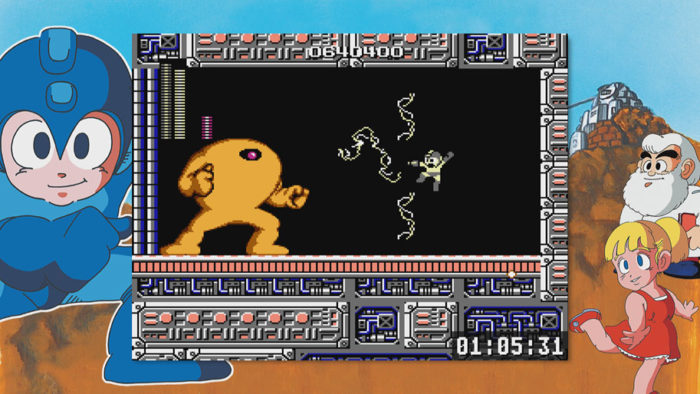
Both titles come highly recommended based on the strength of their lineup, but if you had to pick from one or the other, the first batch is by far the superior choice. Not only does it have a larger selection (6 NES titles as opposed to 4 from the 16-bit era onward), but the series went through something of an identity crisis on the SNES. Capcom was in a state of flux in the mid-90s, and it shows in the inconsistencies present in Mega Man 7, in particular. Make no mistake: it’s still a fun game, and plays just as well as most other platformers of the time, but in a franchise with such a storied history, it doesn’t quite compare. The ultimate verdict for the SNES Mega Man titles is simply ‘play the X series instead’, a fresher and more dynamic take on the character.
Conversely, Mega Man 2 and 3 are considered by many to be the highlights of the franchise, possessing many of the most iconic stages and Robot Masters. One could accuse Mega Man of becoming a bit too busy with each new game that premiered, a trend that would continue until a hard reset in Mega Man 9 brought everything back to basics. And, if the major drawbacks of these classic titles is that they were too hard, the rewind and save state features act as the perfect counterbalance. Failure isn’t punishable by death, simply by repetition. Purists may cry foul, but many of us don’t have the time and dedication nowadays to justify mastering all of the nuances.
There are a few niggling inconsistencies between the two titles, if you really want to be nitpicky. The extra menu options are handled via the minus button from Mega Man 1-6, but mapped to ZL in 7-10, which is an odd choice, considering the other button remains otherwise unused, for the most part. It also would have been a neat opportunity to show off the versatility of the Switch by allowing the games to be played with a single Joy-Con turned sideways, but this is unfortunately not a possibility.
It is a little disappointing in this way to get occasional reminders that this is ultimately a three-year-old port, where the unique functionality of the Switch isn’t fully taken into consideration. You may be left asking, then, what this latest release does to differentiate itself from the other platforms. The aforementioned rewind function is new to the Switch, however it will be added to the PS4, Xbox One and Steam versions, as well. The amiibo functionality may be a Nintendo-exclusive feature that boasts a range of additional content (excellent content at that), but it was also available on the 3DS version.
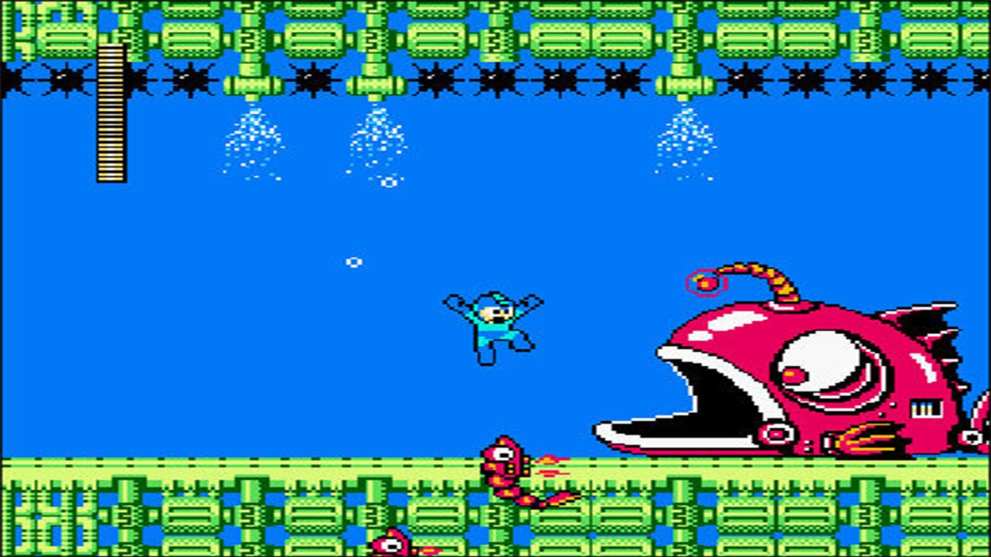
Whether or not you should invest the money into buying Mega Man Legacy Collection on the Switch comes down to two factors. Primarily, how much of a Mega Man fan you are; if you live, breathe and die this series, then these collections are such a treat. Putting aside the SNES-era dip in quality, the games are retro treasures, and their more dated aspects are mitigated by modern additions. The second factor, and this is a big one, is whether you already own the Legacy Collections on another console. The Switch’s best features are either coming to the other platforms post-script, or in the case of portability and amiibo functionality, already exist on the 3DS.
If these variables aren’t enough to deter you, then these collections are a welcome addition to any Switch library. They are an affordable taste of one of gaming’s most iconic mascots, offering hours of gameplay, extensive bonus content and challenges, and flexibility to be played either as they were, or as you would like it. The nature of the Switch makes it the best option to enjoy the Blue Bomber’s many adventures, and a fine way to prepare for the oncoming release of Mega Man 11.
Score: 3.5/5 – Fair
Pros
| Cons
|
For more information on how we review games, check out Twinfinite’s review policy here.

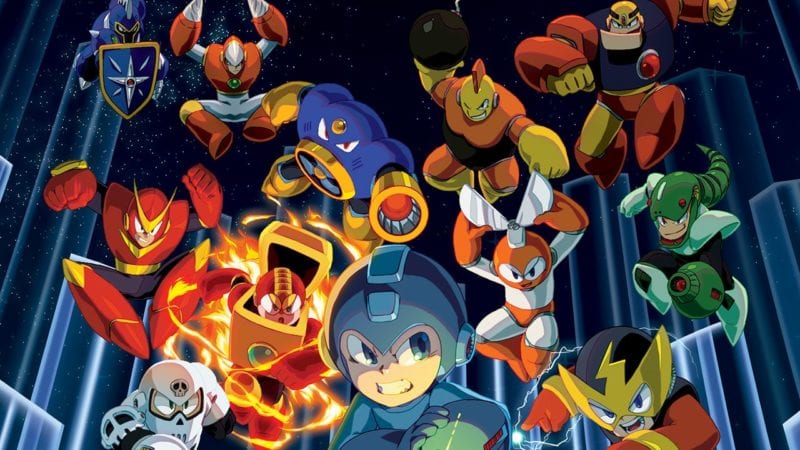

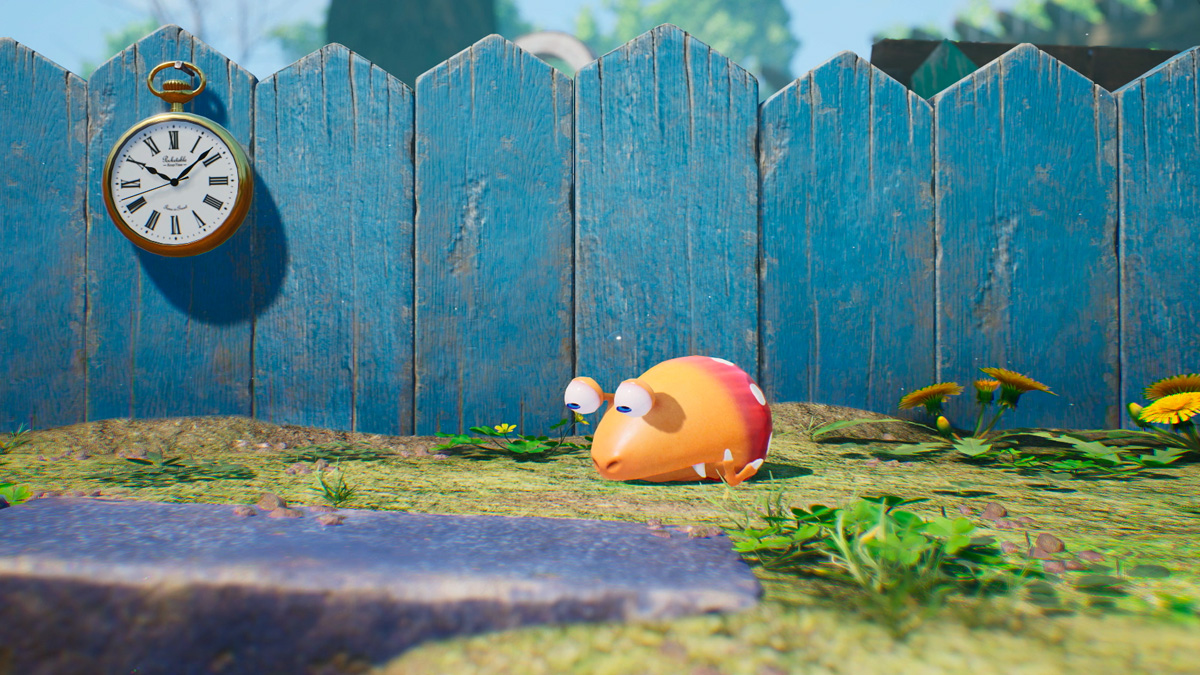

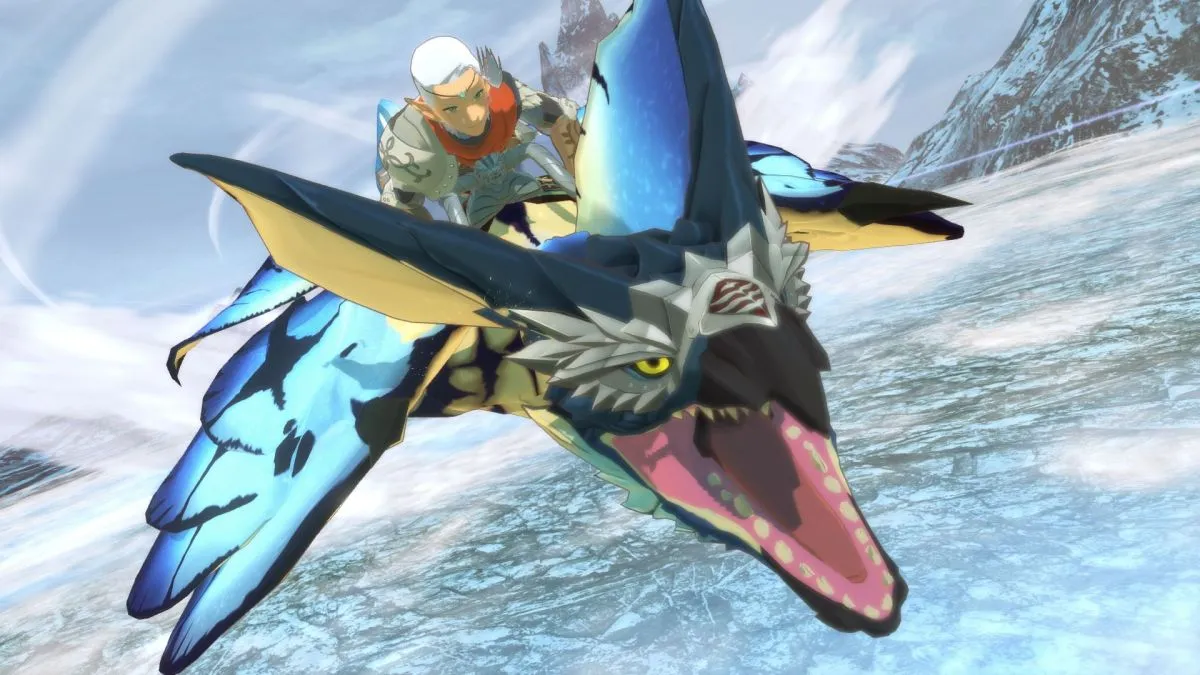


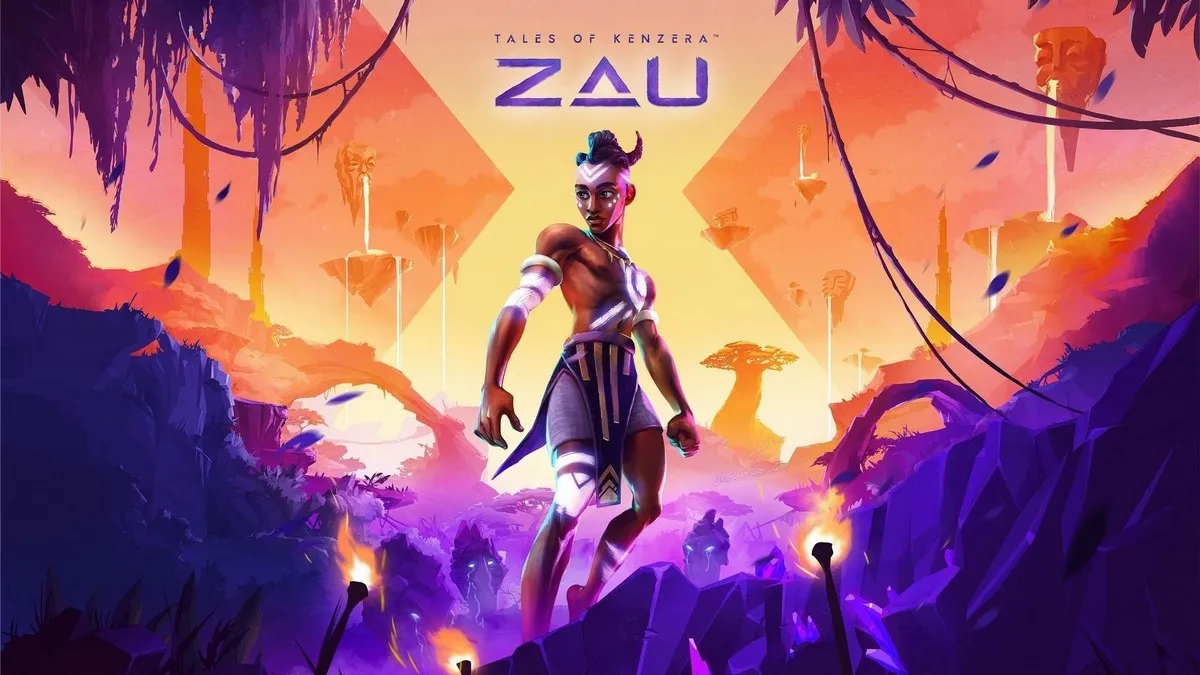



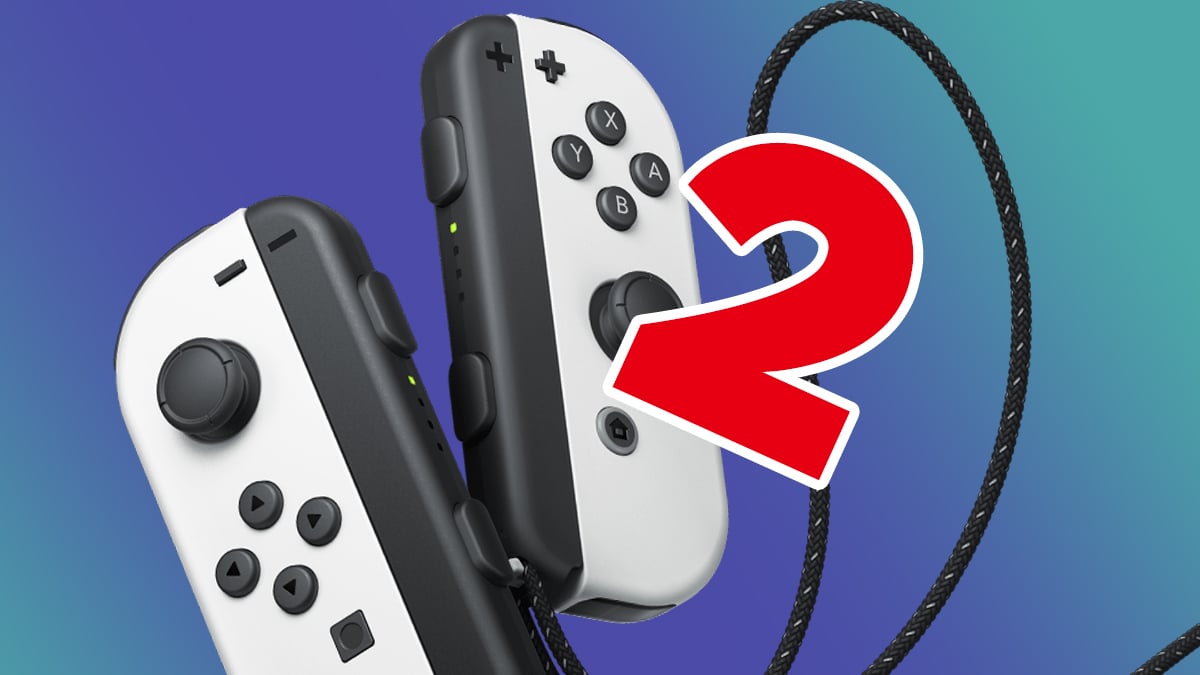
Updated: May 22, 2018 09:51 am